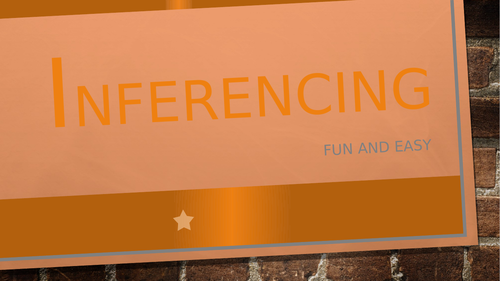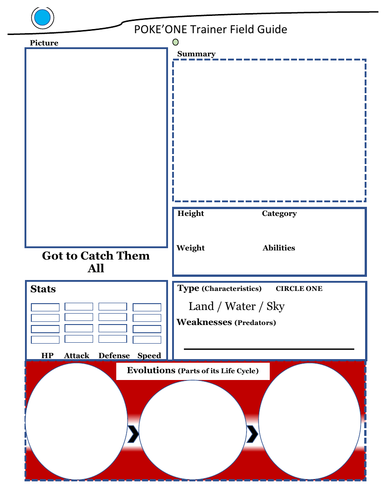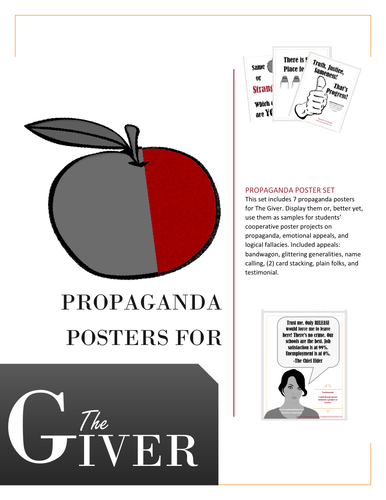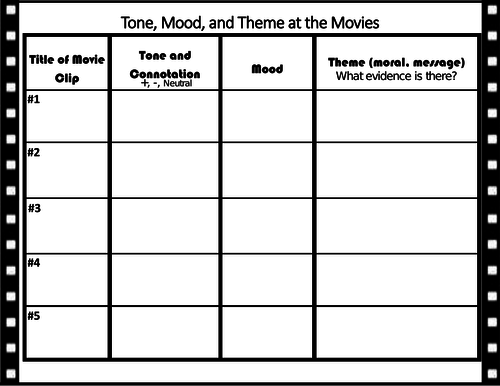Emrlscc's Shop
Students rise to meet your expectations. This is my 10th year teaching in the public school system. I started my career as an elementary school teacher, then I taught intensive reading at the high school level. I was also an AVID teacher for three years. Now, I am back in a 2nd grade classroom. So, I have a unique perspective into students' entire reading journey, as well as what literacy skills are vital for students' success throughout their education.









